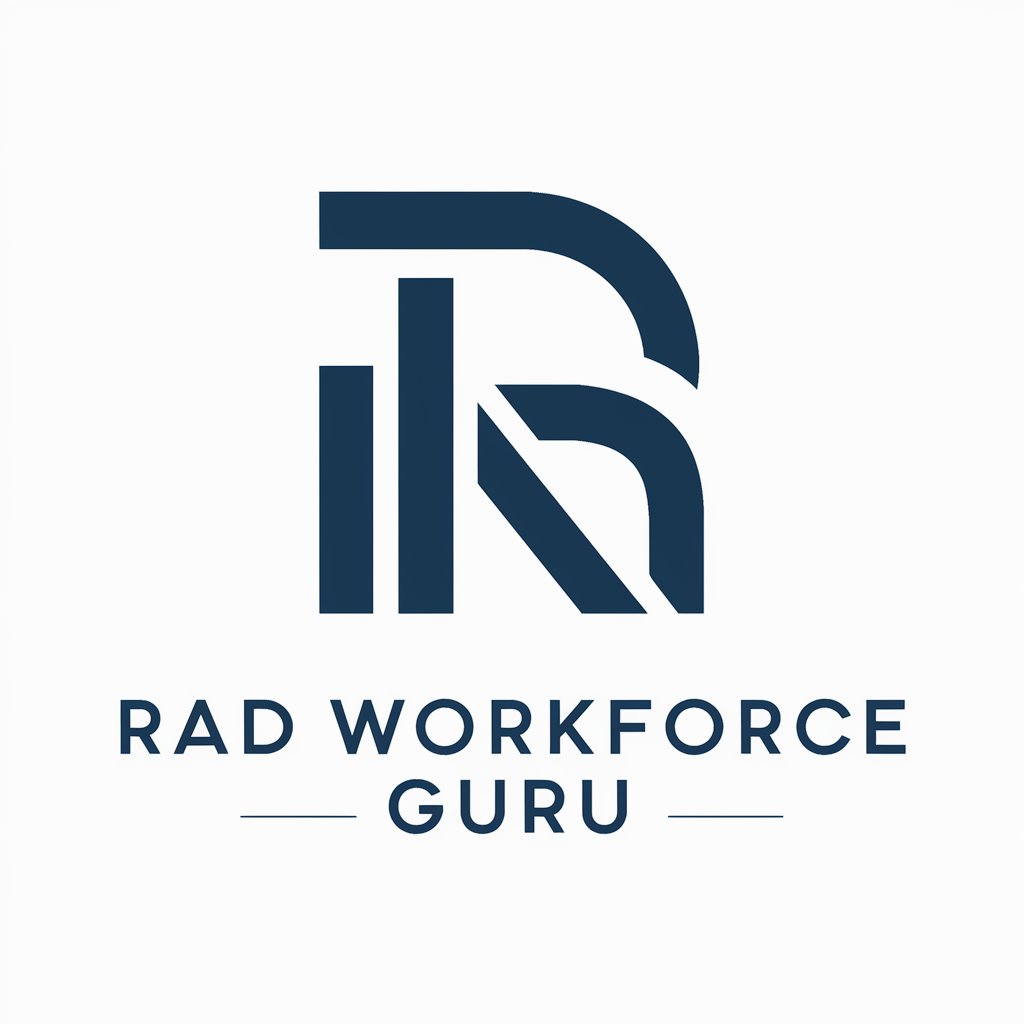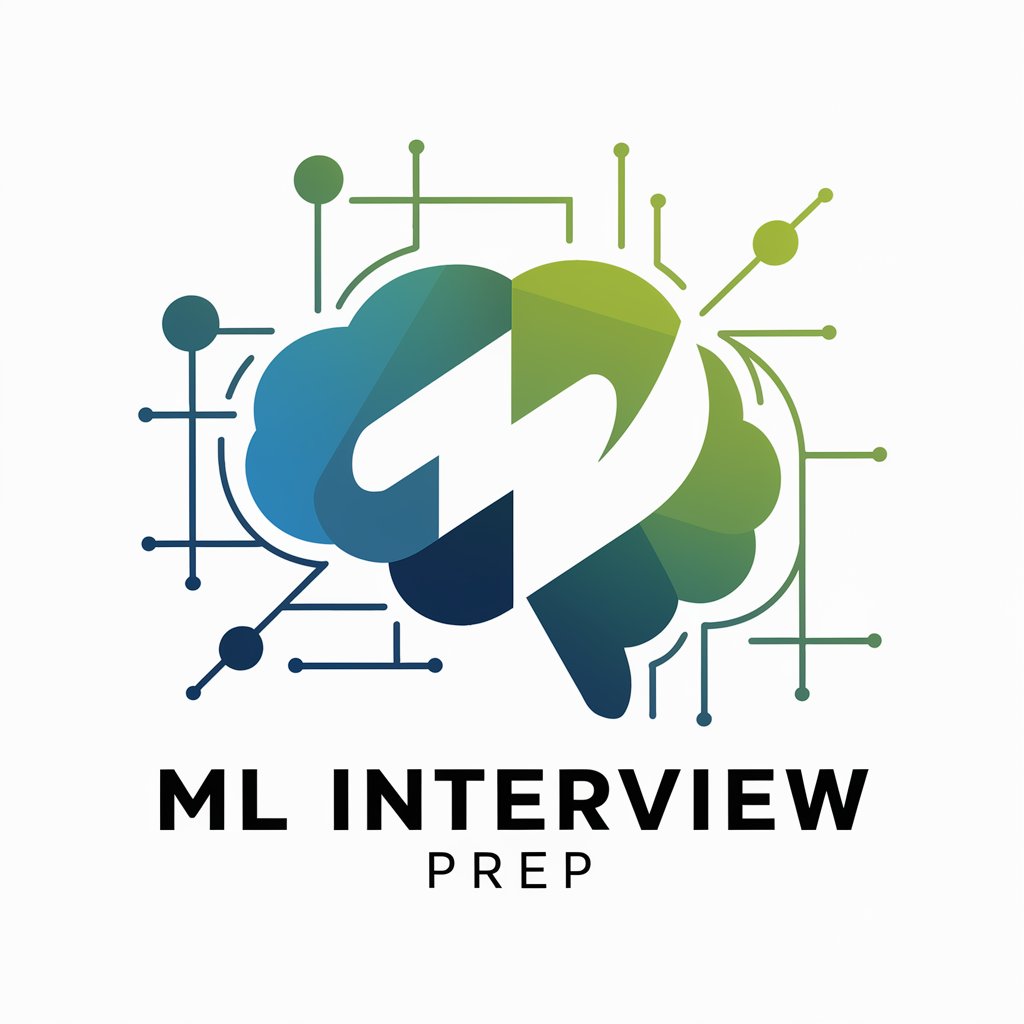
Jenkins - Jenkins Automation Tool

Hi there! Need help with Jenkins? I'm here to assist!
Automate your development with AI
Explain the steps to configure a Jenkins pipeline...
Describe the use of Jenkins plugins in a CI/CD pipeline...
How can I troubleshoot a Jenkins build failure...
What are the best practices for securing a Jenkins server...
Get Embed Code
Introduction to Jenkins
Jenkins is an open-source automation server that supports developers in building, testing, and deploying software. It was originally part of the Hudson project, and it became Jenkins after a fork in 2011. The core idea of Jenkins is to support the entire software development lifecycle through automation. It uses a continuous integration/continuous delivery (CI/CD) model to streamline and automate tasks such as compiling code, running tests, and deploying to production environments. Jenkins is highly extensible with plugins that expand its functionality to fit virtually any need in the automation process. For example, Jenkins can be configured to automatically trigger a build whenever changes are committed to a version control system like Git, run specified tests, and then, if the tests pass, deploy the code to a production server. This automation of routine tasks not only speeds up the development process but also enhances the reliability of software releases. Powered by ChatGPT-4o。

Main Functions of Jenkins
Continuous Integration and Continuous Deployment
Example
A typical CI/CD pipeline in Jenkins involves fetching code from a Git repository, building the application using tools like Maven or Gradle, executing tests, and deploying the application to a server or cloud environment.
Scenario
In a real-world scenario, a software team could set up Jenkins to monitor their repository. When developers push new code, Jenkins automatically builds the application and runs a series of automated tests. If everything passes, Jenkins deploys the new version to a testing or production environment, often with no human intervention required.
Automated Testing
Example
Jenkins can be configured to run a variety of tests, including unit tests, integration tests, and UI tests. Integration with testing frameworks like JUnit or Selenium allows for automated feedback on code quality and functionality.
Scenario
For instance, a web development team might use Jenkins to automatically run their Selenium tests on the latest version of their web application. Jenkins could then provide reports on test results, highlighting any failures and allowing developers to address issues promptly before proceeding to deployment stages.
Plugin Ecosystem
Example
Jenkins supports over 1,000 plugins, enabling integration with nearly any tool in the software development and deployment process, such as Docker, Kubernetes, and various notification systems.
Scenario
A common use case is integrating Jenkins with Docker to build Docker images of the application. Jenkins can trigger Docker builds after successful code compilations, push the images to a Docker registry, and deploy them to Kubernetes clusters, streamlining the development to production workflow.
Ideal Users of Jenkins
Software Developers and DevOps Teams
These professionals use Jenkins to automate parts of the development process that are often repetitive and prone to error, such as code compilation, testing, and deployment. Jenkins helps them increase efficiency, reduce errors, and accelerate time to market.
QA Engineers
QA Engineers benefit from Jenkins by automating testing processes. This allows for frequent and consistent testing without manual intervention, ensuring higher quality and reliability of software products.
Project Managers
Project Managers use Jenkins to monitor the various stages of software development. Jenkins provides visibility into the automation pipeline, offering real-time insights into build status, test results, and deployment success, which aids in project management and decision-making.

Getting Started with Jenkins
Initial Setup
Visit yeschat.ai for a free trial without login; also, no need for ChatGPT Plus. Ensure you have Java installed on your machine as Jenkins runs on the Java platform.
Download and Install
Download Jenkins from the official website, choosing the appropriate package for your operating system. Follow the installation guide to set up Jenkins on your local machine or server.
Configure Jenkins
Access the Jenkins dashboard through your browser using the default port and perform the initial setup, including setting up the admin user and configuring the system settings.
Create Your First Job
Define a new job by selecting 'New Item' from the menu, specifying the job type (e.g., freestyle project), and configuring source code management, build triggers, and build steps.
Monitor and Scale
Utilize Jenkins’ robust monitoring tools to track build progress and outcomes. Explore plugins to integrate with other tools, scale your setup, and optimize build times for efficiency.
Try other advanced and practical GPTs
مشاور گرین کارت از طریق NIW
Your AI NIW Green Card Advisor

Algebra
AI-Powered Solutions for Your Tasks

Linear Algebra
Master Linear Algebra with AI

Convo-AI
Your AI partner for insightful problem-solving.

Rad Workforce Guru
Optimize your contingent workforce efficiently.

Instant “12-Step Foolproof Sales Letter” Creator
AI-powered sales persuasion

Playdate Lua
Craft games on a novel handheld.

Bible and Strongs Expert with Covenant Theology
Discover Biblical Truths with AI

PMP Prep Pro
Master PMP with AI Guidance

ML Interview Prep
AI-Powered Machine Learning Mastery

Obsidian Journal
Transforming journal entries with AI

Grammar Guardian
AI-Powered Editing Assistance

Common Questions About Jenkins
What is Jenkins primarily used for?
Jenkins is widely used as an open-source automation server to automate the parts of software development related to building, testing, and deploying, facilitating continuous integration and continuous delivery.
Can Jenkins be used for non-Java projects?
Yes, Jenkins supports a variety of programming languages and technologies beyond Java. It can build and test projects in languages like Python, Ruby, and .NET, among others, thanks to its vast plugin ecosystem.
How does Jenkins integrate with other tools?
Jenkins integrates with numerous tools in the software development lifecycle via plugins. This includes version control systems like Git, build tools like Maven and Gradle, and deployment technologies like Docker.
What are Jenkins pipelines?
Jenkins pipelines are a suite of plugins that support implementing and integrating continuous delivery pipelines into Jenkins. They describe a series of tasks that lead to the automated building, testing, and deploying of software.
How can Jenkins be secured?
Securing Jenkins involves setting up strong authentication mechanisms, defining user permissions, using secure connections (HTTPS), and regularly updating the Jenkins software and plugins to protect against vulnerabilities.